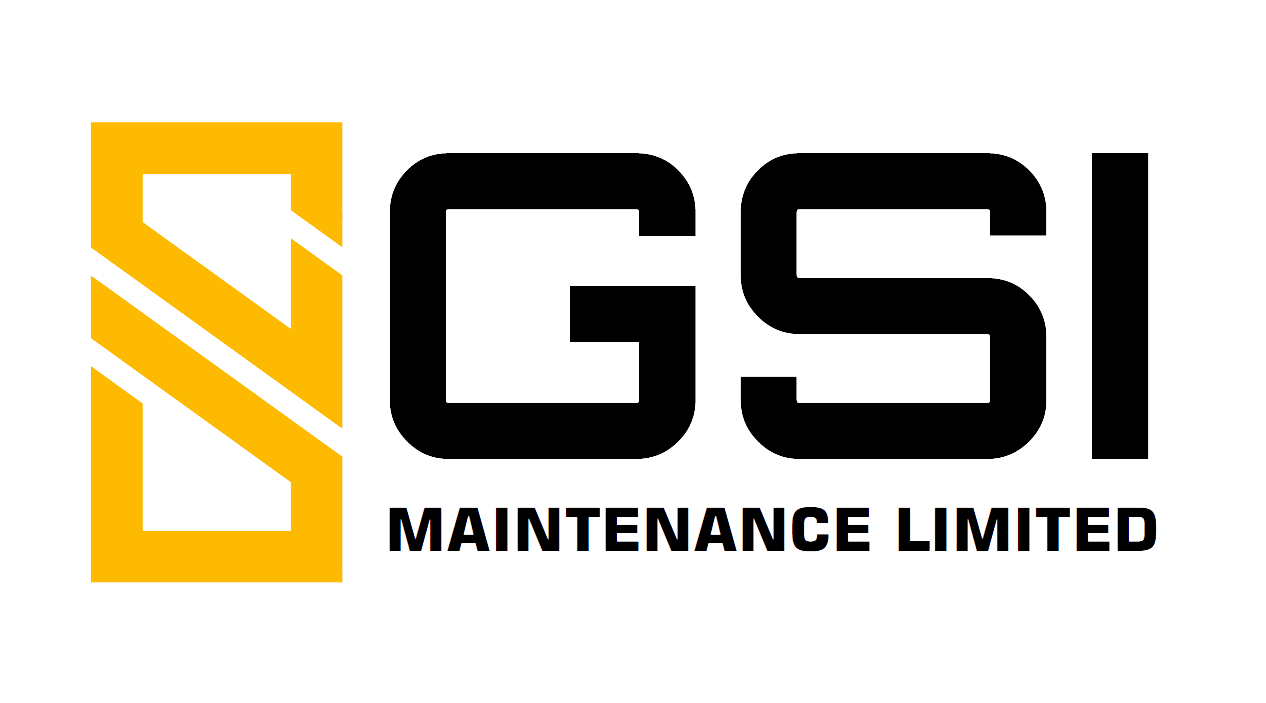Cost-Benefit Analysis of Recladding: Financial Implications Compared to Other Renovation Options
Recladding is a significant investment for property owners looking to enhance the aesthetics, safety and energy efficiency of their buildings. At GSI Maintenance Limited, we understand that weighing the costs and benefits is crucial in making informed renovation decisions. In this article, we’ll analyse the financial implications of recladding versus other renovation options, highlighting why recladding can be a wise investment.
Understanding the Costs
The initial cost of recladding can seem daunting, often ranging from £100 to £300 per square metre, depending on the materials and complexity of the project. However, it’s essential to consider this expense in the context of long-term benefits.
Comparative Costs:
- Recladding: While the upfront investment is considerable, it can significantly extend a building’s lifespan and enhance its market value.
- Painting: A cheaper alternative, typically costing £10 to £30 per square metre, but often requires reapplication every few years. The long-term cost can add up, especially if underlying issues are not addressed.
- Partial Renovation: Upgrading only specific areas, such as windows or insulation, can initially appear more affordable, but this piecemeal approach may not resolve broader issues, potentially leading to higher future costs.
Long-Term Benefits of Recladding
- Enhanced Energy Efficiency: New cladding can dramatically improve a building’s insulation. According to the UK Green Building Council, effective insulation can reduce energy bills by up to 30%. This translates into significant savings over time, often recouping initial costs within a few years.
- Increased Property Value: A well-executed recladding project can boost a property’s market value by up to 15%. In a competitive real estate market, this increase can make a substantial difference when it comes time to sell.
- Reduced Maintenance Costs: New cladding often comes with warranties that can last from 10 to 30 years, reducing the need for ongoing maintenance. In contrast, older materials may require frequent repairs, which can accumulate over time.
- Safety Improvements: Upgrading cladding not only enhances aesthetics but also addresses safety issues, especially in the wake of stricter building regulations. This can mitigate potential legal liabilities and insurance costs.
Fun Facts and Stats
- Return on Investment: According to a study by the National Association of Realtors, properties that have undergone significant improvements, such as recladding, see an average ROI of 75% at resale.
- Energy Consumption: The UK government estimates that energy efficiency measures can reduce residential energy consumption by as much as 22 million tonnes of CO2 per year, showcasing the broader environmental benefits of recladding.
- Market Trends: The Royal Institution of Chartered Surveyors reports that properties with modern, well-maintained exteriors attract buyers 30% faster than those with outdated façades.
While the upfront costs of recladding may appear substantial, the long-term financial benefits—ranging from reduced energy bills and maintenance costs to increased property value—make it a smart investment. At GSI Maintenance Limited, we emphasise the importance of conducting a thorough cost-benefit analysis to ensure property owners can make informed decisions that align with their financial goals. By investing in recladding, you not only enhance the longevity and safety of your building but also secure its financial future.
